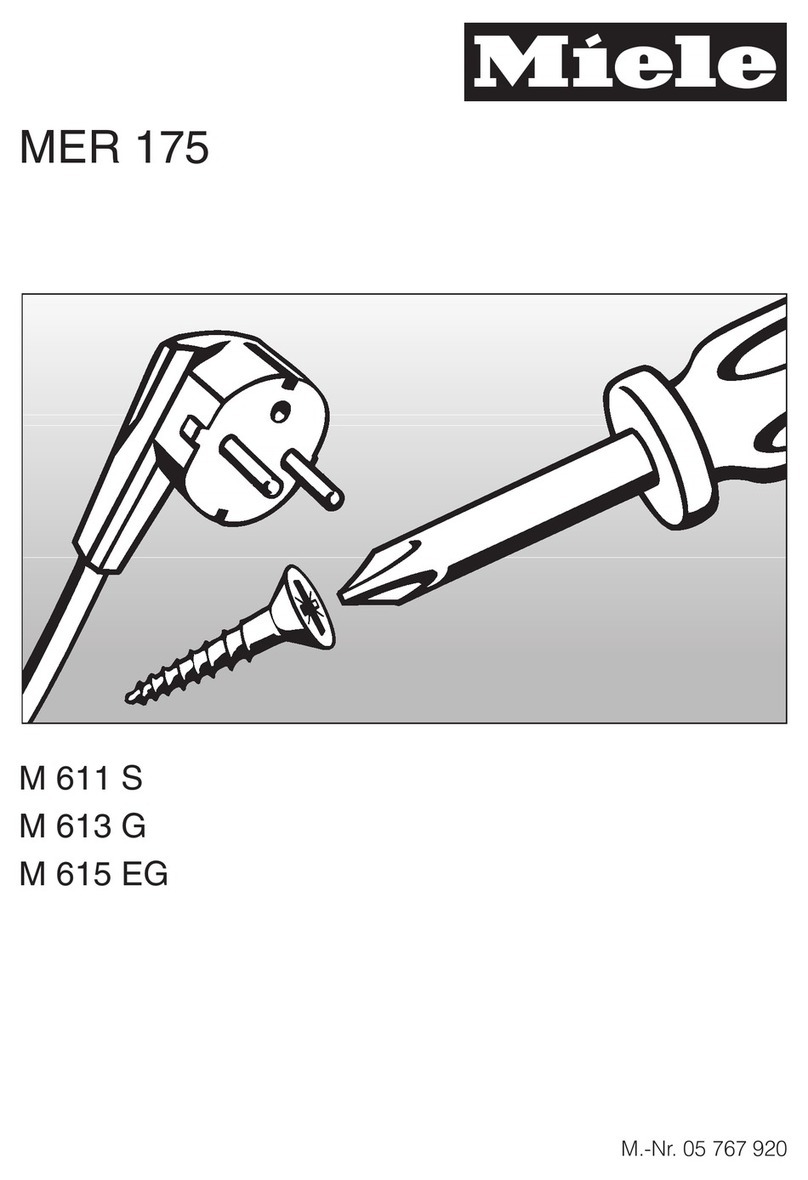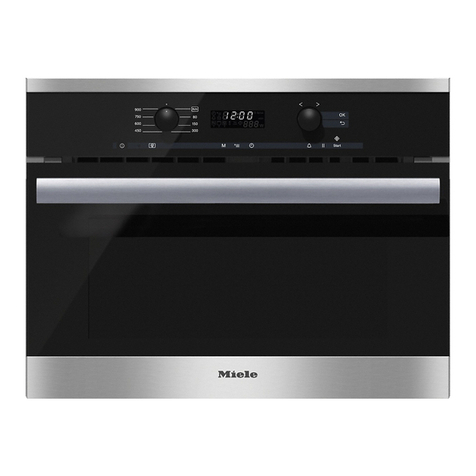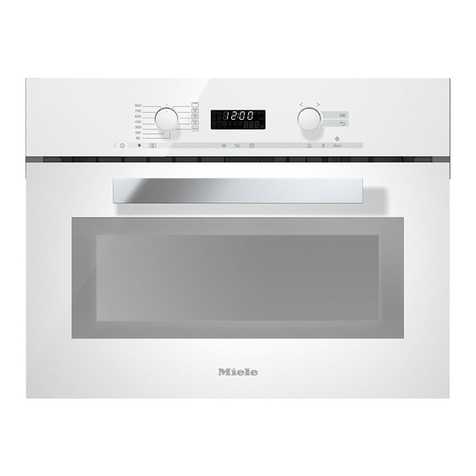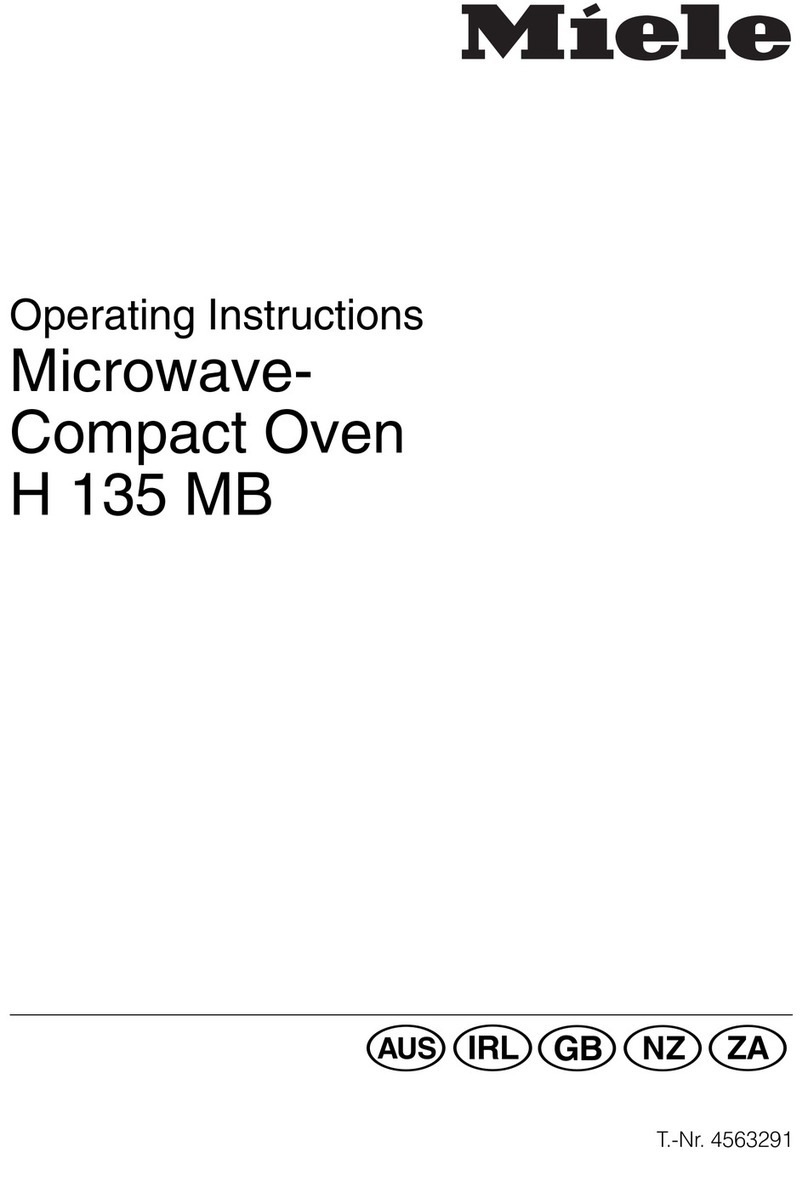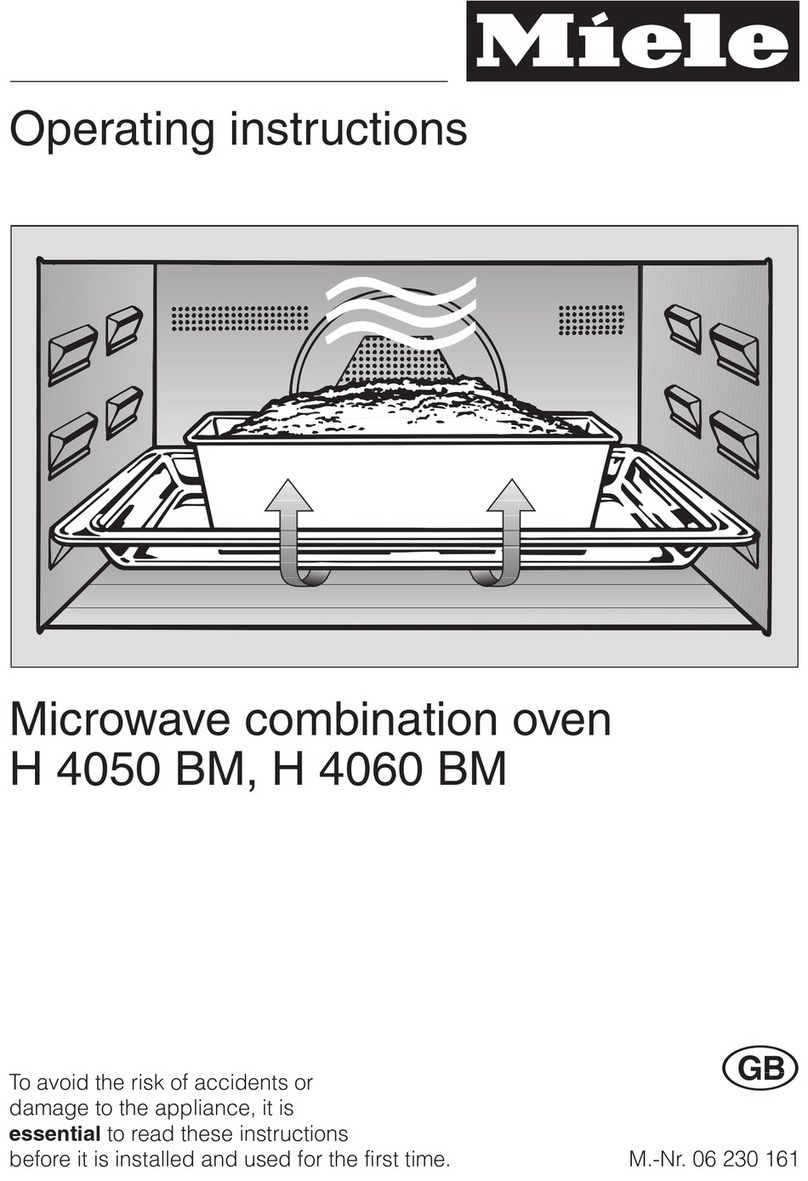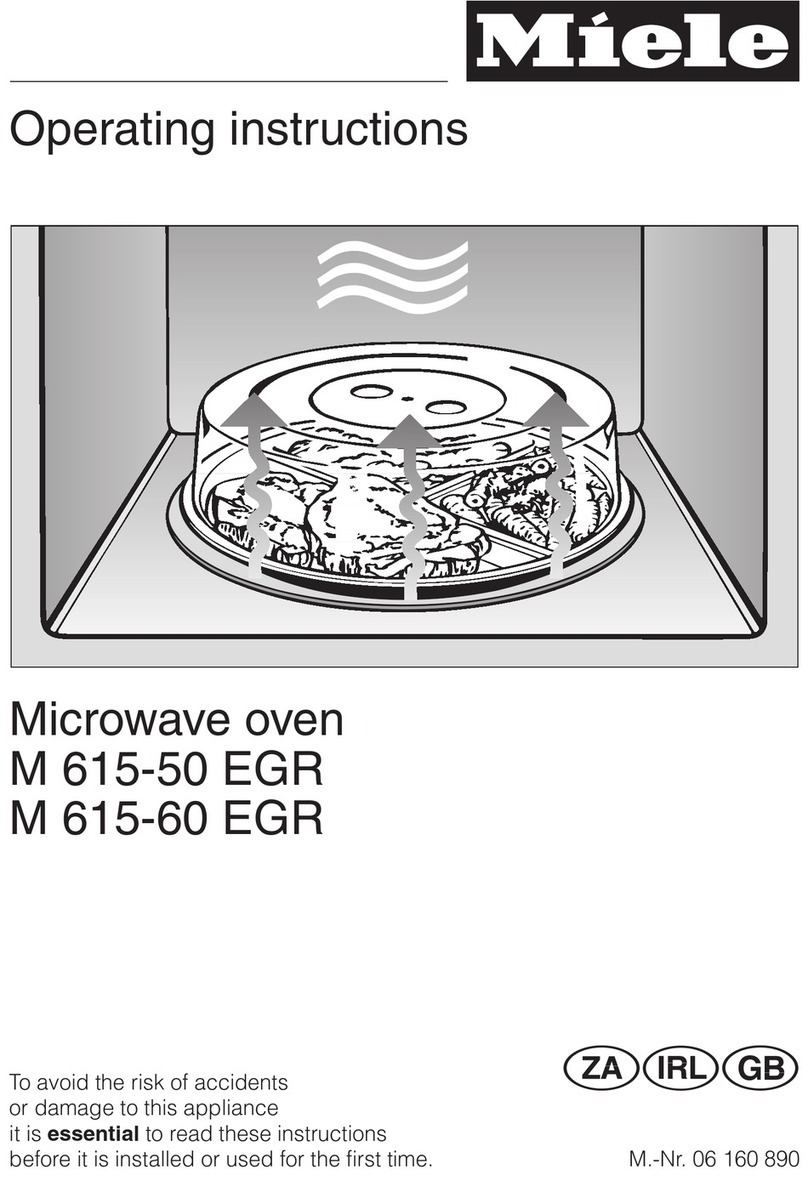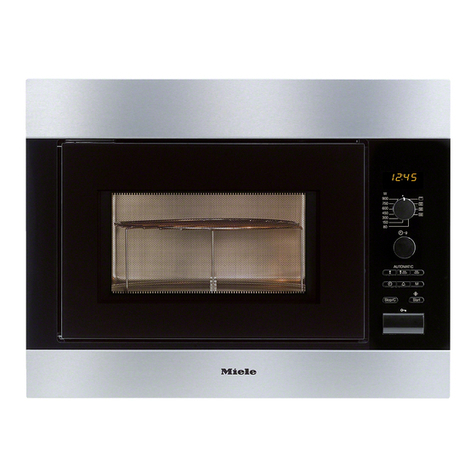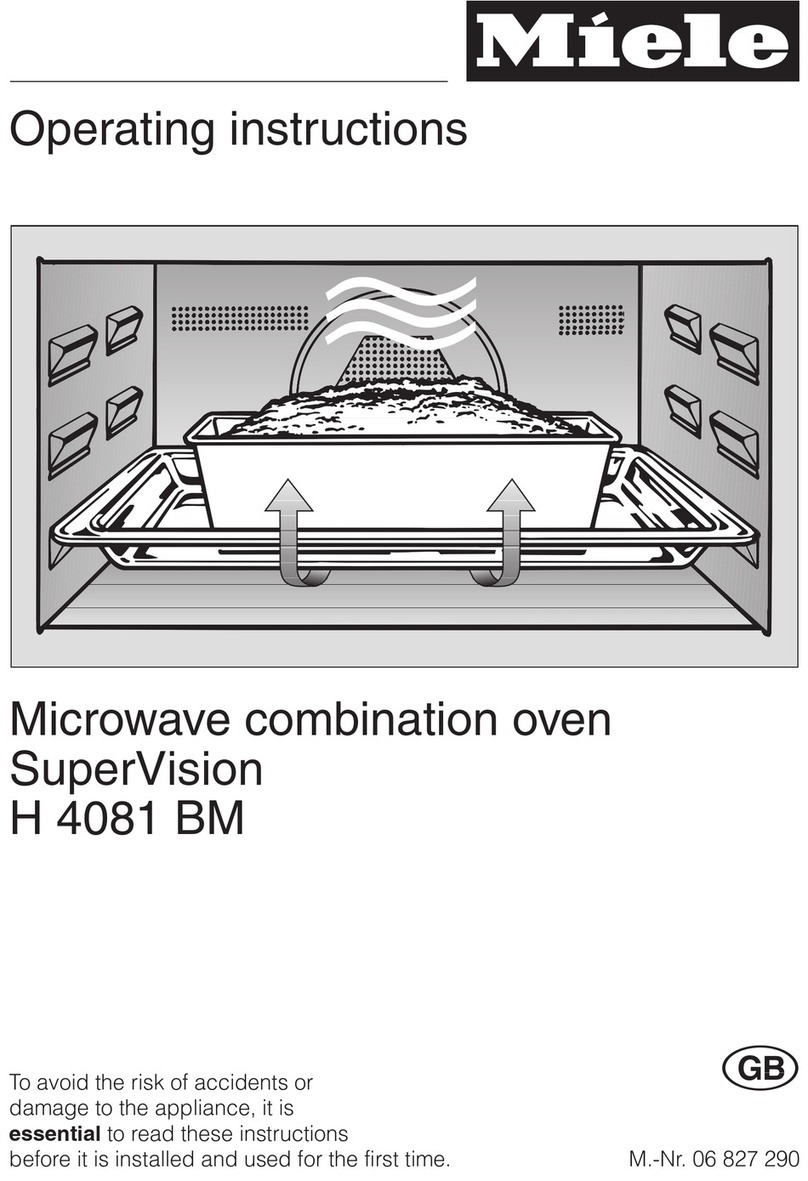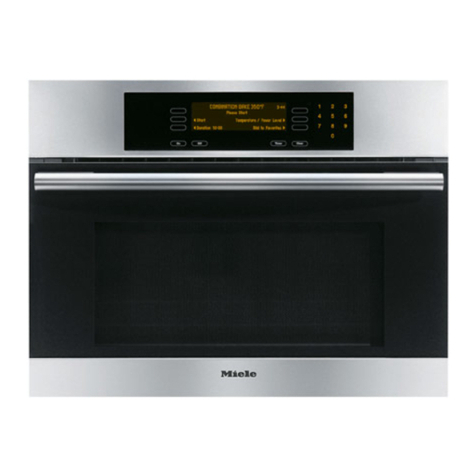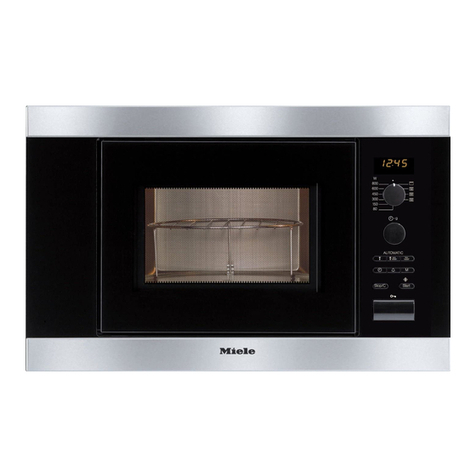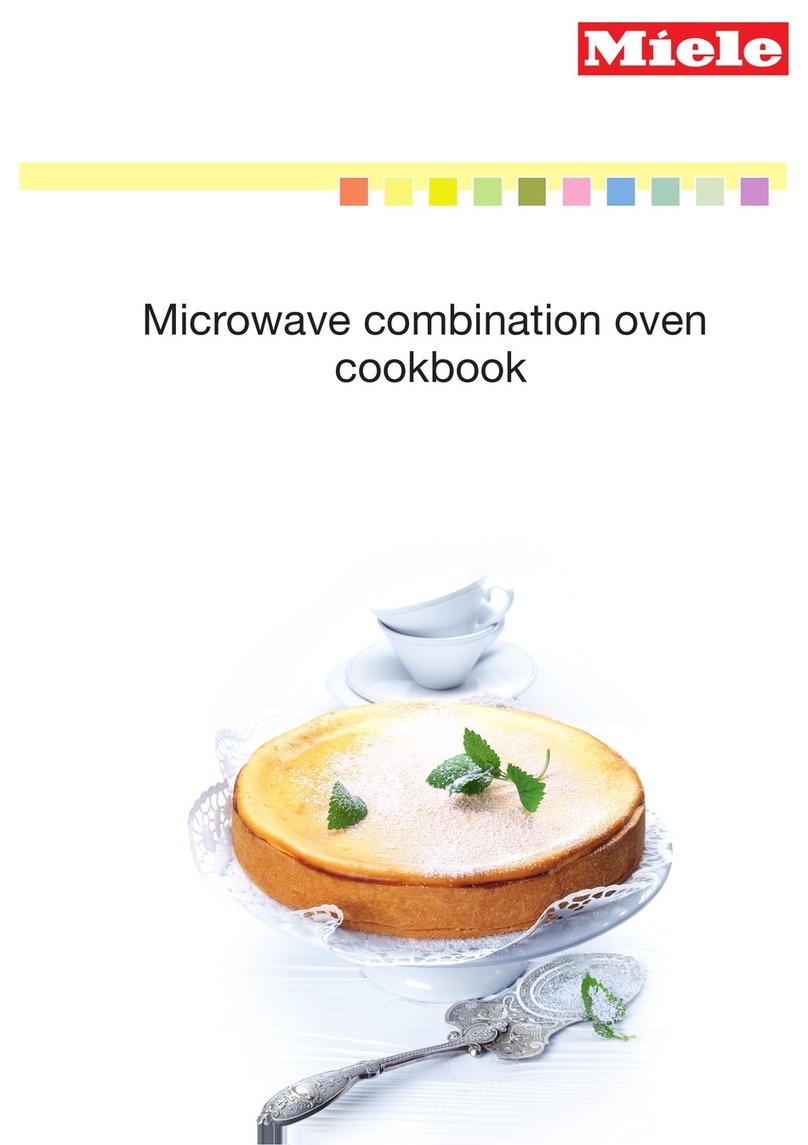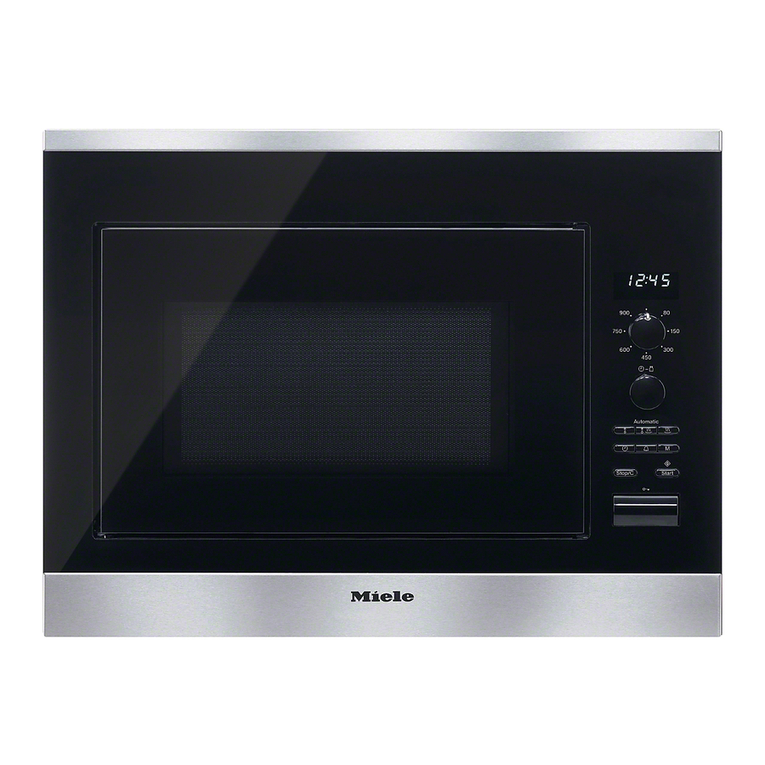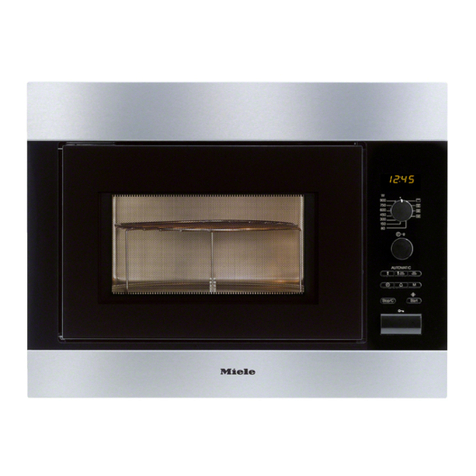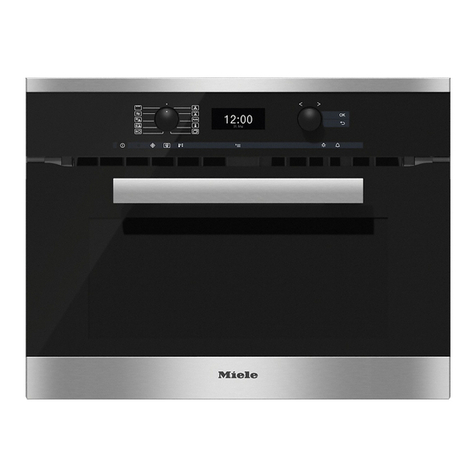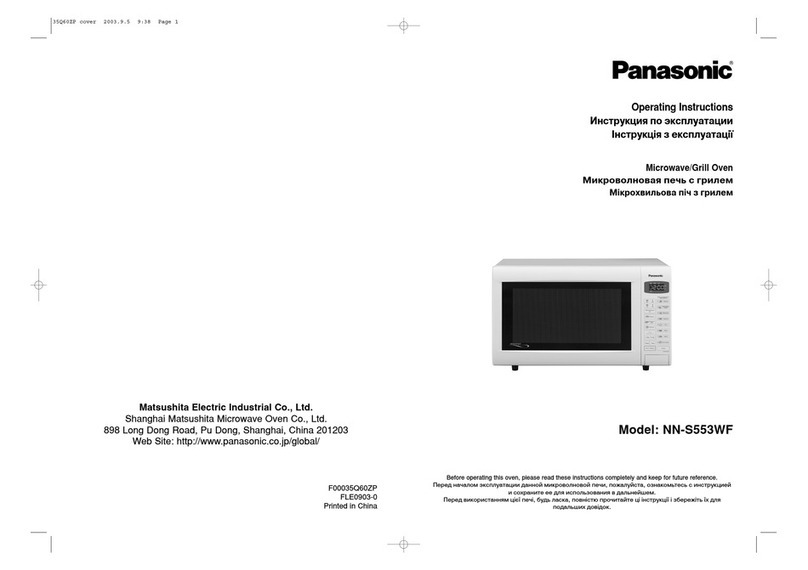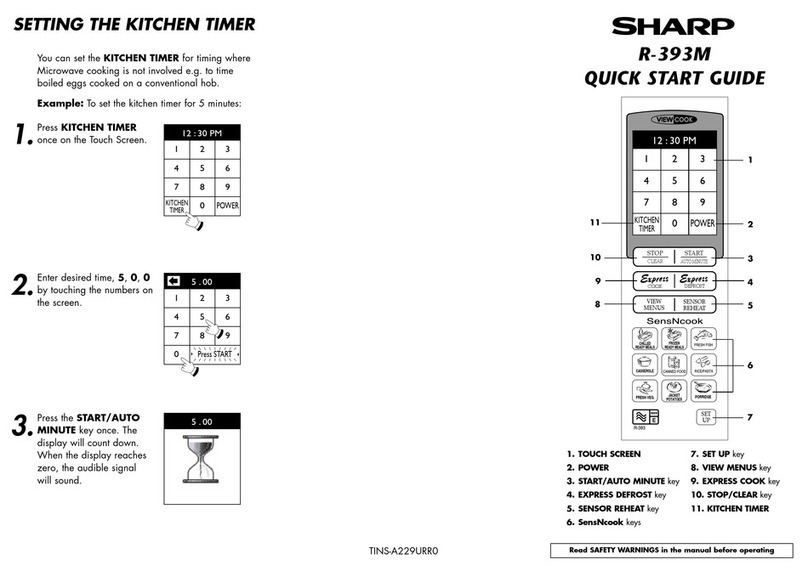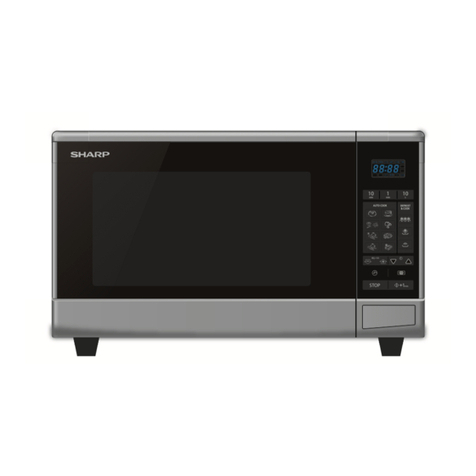~Never open the casing of the
appliance.
Tampering w ith electrical connections
or components and mechanical parts is
highly dangerous and can cause
operational faults or electric shock.
~B efore connecting the appliance to
the mains supply , make sure that the
rating on the data plate corresponds to
the voltage and freq uency of the
household supply . This data must
correspond in order to avoid risk of
damage to the appliance. C onsult a
q ualified electrician if in any doubt.
~D o not connect the appliance to the
mains electricity supply by an ex tension
lead or a multi-socket unit. These do
not guarantee the req uired safety of the
appliance (e.g. danger of overheating).
~The electrical safety of this
appliance can only be guaranteed
w hen continuity is complete betw een it
and an effective earthing sy stem w hich
complies w ith current local and national
safety regulations. It is most important
that this basic safety req uirement is
present and tested regularly , and
w here there is any doubt, the
household w iring sy stem should be
inspected by a q ualified electrician.
The manufacturer cannot be held liable
for the conseq uences of an inadeq uate
earthing sy stem (e.g. electric shock).
~F or safety reasons, this appliance
may only be used w hen it has been
fully installed.
~R epairs may only be carried out by
a suitably q ualified and competent
person in accordance w ith national and
local safety regulations. R epairs and
other w ork by unq ualified persons
could be dangerous. The manufacturer
cannot be held liable for unauthorised
w ork.
~W hile the appliance is under
guarantee, repairs should only be
undertaken by a service technician
authorised by the manufacturer.
O therw ise the guarantee w ill be
invalidated.
~The appliance is only completely
isolated from the electricity supply
w hen:
– it is sw itched off at the w all socket
and the plug removed.
– the mains fuse is disconnected,
– or the screw -out fuse is removed (in
countries w here this is applicable).
~F aulty components must only be
replaced by genuine Miele original
spare parts. The manufacturer can only
guarantee the safety of the appliance
w hen Miele replacement parts are
used.
~This eq uipment may only be used in
mobile installations such as ships,
caravans, aircraft etc. if a risk
assessment of the installation has been
carried out by a suitably q ualified
engineer.
~In countries w here there are areas
w hich may be subject to infestation by
cockroaches or other vermin, pay
particular attention to keeping the
appliance and its surroundings in a
clean condition at all times. A ny
damage w hich may be caused by
cockroaches or other vermin w ill not be
covered by the guarantee.
W ar ning and S afety instru c tio ns
9
